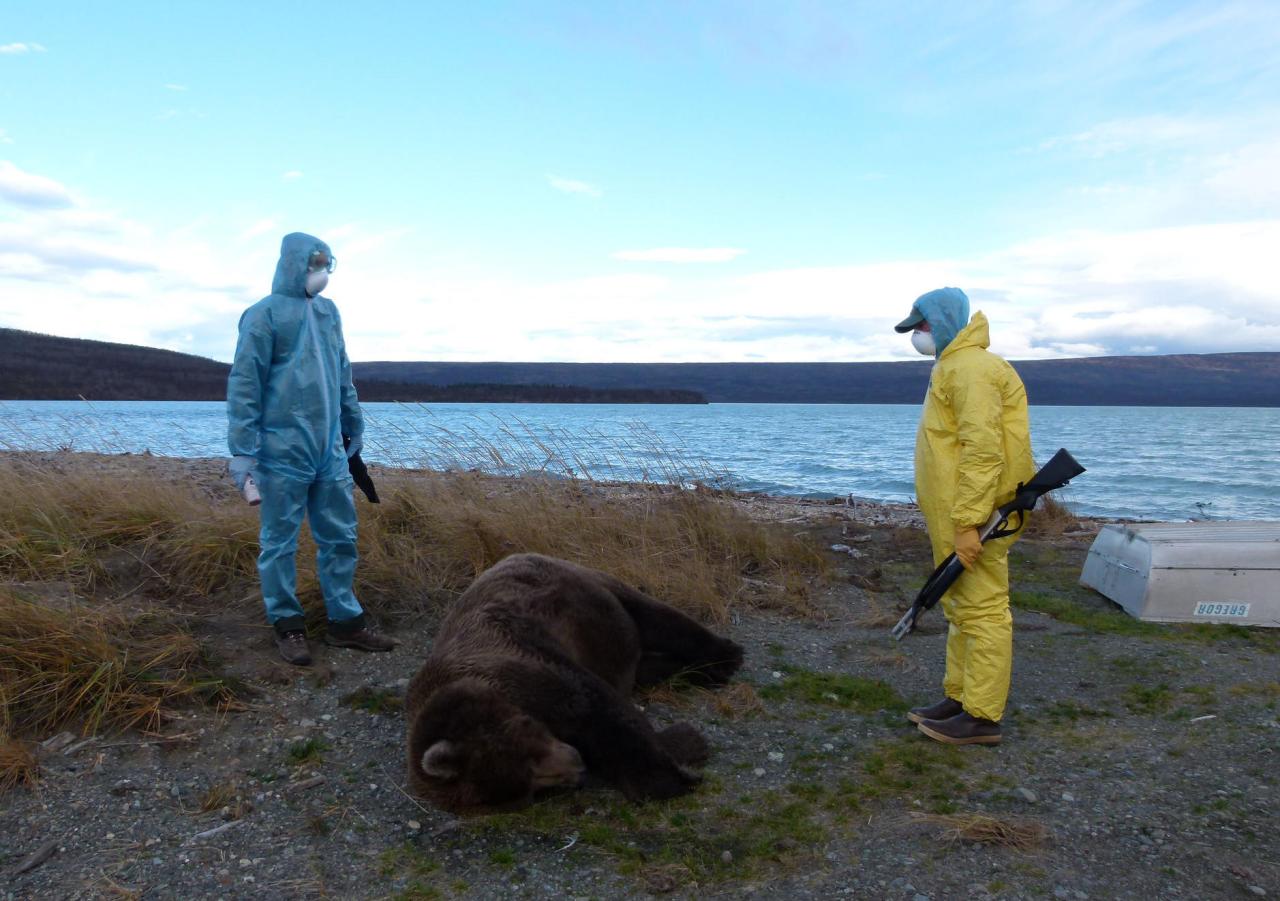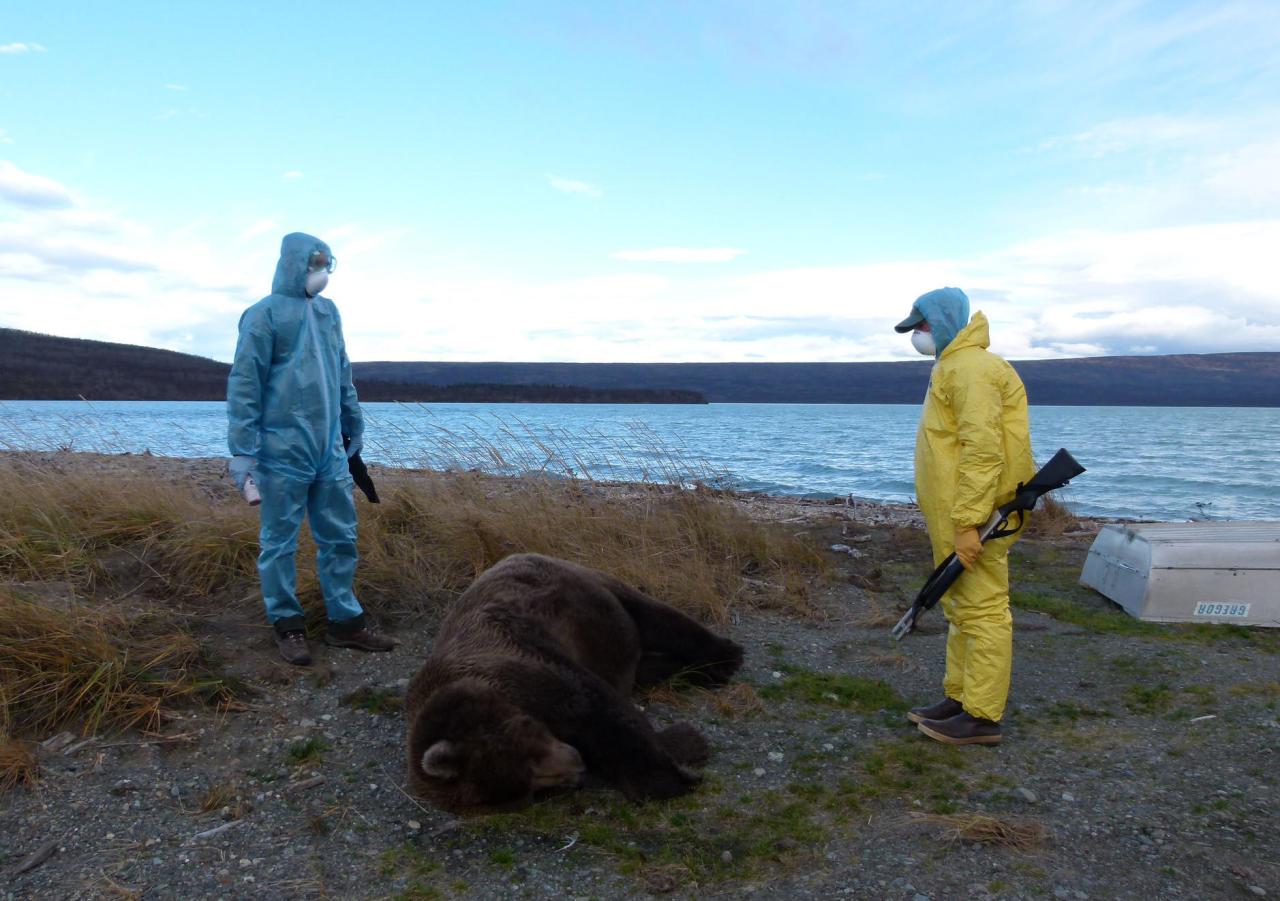Who Died on the Bear is a gripping exploration into the tragic consequences of human-bear interactions. This article delves into the various causes of bear-related fatalities, shedding light on the factors that contribute to these often-preventable deaths.
From sudden attacks to accidental encounters, we examine the statistics and case studies that reveal the true extent of the danger posed by these powerful predators. By understanding the behavior of bears and the best practices for interacting with them in the wild, we can strive to minimize the risk of future tragedies.
Bear-Related Fatalities
Bear-related fatalities, while relatively rare, can occur due to various reasons, including attacks, encounters, and accidents. Understanding the causes and patterns of these fatalities is crucial for preventing future incidents.
Causes of Bear-Related Fatalities
- Attacks:Unprovoked or defensive attacks by bears are the leading cause of bear-related fatalities. These attacks can occur when bears feel threatened, startled, or protective of their young.
- Encounters:Accidental encounters with bears can also lead to fatalities. These encounters often involve people unknowingly surprising a bear, resulting in a defensive reaction.
- Accidents:Fatalities can also occur due to accidents involving bears, such as falls or collisions with vehicles.
Statistics and Distribution
According to data from the National Park Service, an average of 1-2 bear-related fatalities occur in the United States annually. The majority of these fatalities occur in Alaska, where grizzly bears are more common. Other regions with a higher risk of bear-related fatalities include Canada, Russia, and India.
Notable Cases
One of the most notable bear-related fatalities occurred in 2016 in Yellowstone National Park. A hiker was killed by a grizzly bear after accidentally surprising it on a trail. In another incident in 2019, a woman in Alaska was killed by a brown bear while camping in her tent.
These cases highlight the importance of bear safety and awareness in areas where bears are present.
Bear Behavior and Human Interactions

Bears are complex and fascinating creatures that have adapted to a wide range of habitats. Their behavior is influenced by a variety of factors, including habitat, food availability, and human presence. Human activities, such as hiking, camping, and hunting, can affect bear behavior and increase the risk of encounters.
Factors Influencing Bear Behavior
Several factors influence bear behavior, including:
- Habitat:The type of habitat in which a bear lives can influence its behavior. For example, bears that live in forests may be more likely to be shy and avoid humans, while bears that live in open areas may be more likely to be bold and approach humans.
- Food availability:The availability of food can also influence bear behavior. When food is scarce, bears may be more likely to search for food in human areas, which can increase the risk of encounters.
- Human presence:The presence of humans can also affect bear behavior. Bears that are frequently exposed to humans may become habituated to human presence and may be more likely to approach humans. However, bears that are not used to humans may be more likely to be afraid of them and may avoid contact.
Human Activities and Bear Behavior
Human activities can affect bear behavior and increase the risk of encounters. Some of the most common human activities that can affect bear behavior include:
- Hiking:Hikers can encounter bears on trails, especially in areas where bears are common. It is important to be aware of your surroundings and to make noise while hiking, especially in areas where visibility is limited.
- Camping:Campers can also encounter bears, especially if they are camping in areas where bears are known to be active. It is important to store food properly and to keep your campsite clean to reduce the risk of attracting bears.
- Hunting:Hunters can also encounter bears, especially during the hunting season. It is important to be aware of your surroundings and to take precautions to avoid surprising a bear.
Guidelines for Safely Interacting with Bears, Who died on the bear
There are a number of things you can do to safely interact with bears in the wild. Some of the most important guidelines include:
- Be aware of your surroundings:Pay attention to your surroundings and be aware of any signs of bears, such as tracks, scat, or sightings. Make noise while hiking or camping, especially in areas where visibility is limited.
- Store food properly:Store food properly in bear-resistant containers or canisters. Never leave food or other attractants, such as garbage, unattended.
- Keep your campsite clean:Keep your campsite clean and free of food and other attractants. Dispose of garbage properly and do not leave any food or other items that could attract bears.
- Carry bear spray:Carry bear spray and know how to use it. Bear spray is an effective deterrent against bears and can help to keep you safe in the event of an encounter.
- Stay calm:If you encounter a bear, stay calm and do not run. Slowly back away from the bear and give it plenty of space. Do not make any sudden movements or loud noises.
Bear Conservation and Management
Bear conservation is of utmost importance for maintaining healthy ecosystems and safeguarding these magnificent creatures. Concerted efforts are being made by wildlife management agencies, conservation organizations, and individuals to protect bear populations and mitigate human-bear conflicts.
Wildlife management agencies play a crucial role in regulating bear populations through hunting regulations, habitat management, and research. Hunting, when conducted sustainably, can help control population growth and prevent overpopulation. Habitat management involves protecting and enhancing bear habitats by conserving natural resources, restoring degraded areas, and mitigating human-bear interactions.
Challenges and Controversies
Bear conservation is not without its challenges and controversies. Debates often arise over hunting practices, with some advocating for stricter regulations or bans, while others support hunting as a necessary management tool. Additionally, habitat protection can be challenging in areas with competing land uses, such as logging, mining, and urban development.
Striking a balance between human needs and bear conservation requires careful consideration of scientific data, stakeholder perspectives, and ethical concerns. Ongoing research and collaboration are essential to inform effective conservation strategies that prioritize the well-being of both bears and human communities.
Summary
As we conclude our discussion on who died on the bear, it becomes evident that the key to preventing further loss of life lies in a multifaceted approach. This includes educating the public about bear safety, implementing effective wildlife management strategies, and fostering a greater appreciation for the importance of bear conservation.
By working together, we can create a world where both humans and bears can coexist in harmony.
Query Resolution: Who Died On The Bear
What are the most common causes of bear-related fatalities?
Sudden attacks, accidental encounters, and defensive attacks are the primary causes of bear-related deaths.
What are the best practices for safely interacting with bears in the wild?
Make noise while hiking, store food properly, and never approach or feed bears.
What is the role of wildlife management agencies in preventing bear-related fatalities?
Wildlife management agencies regulate bear populations, mitigate human-bear conflicts, and educate the public about bear safety.

